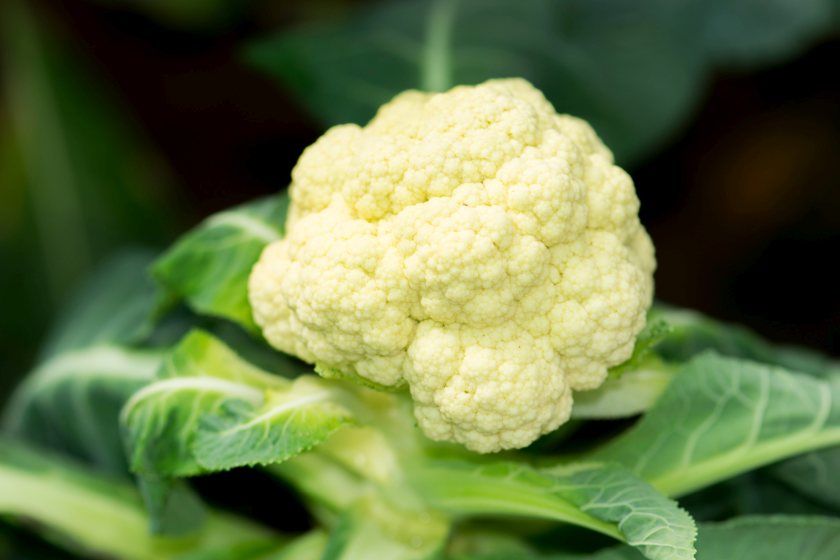
Plastic pollution has now been discovered inside the food on our plates, with scientists showing for the first time that tiny plastic particles can enter the edible parts of vegetables as they grow.
Researchers at the University of Plymouth have demonstrated that plastic nanoparticles — fragments so small they measure less than one millionth of a metre — can be absorbed by crops and accumulate in tissues that are later consumed.
Unlike larger microplastics, which are often too big to enter plant cells, nanoplastics are small enough to move through biological barriers, raising new concerns for food safety.
The study, published in Environmental Research, used radishes in a hydroponic growing system to trace how nanoplastics travel through plants.
By adding radiolabelled polystyrene nanoparticles to the water supply, the team was able to track their movement over five days.
Nearly 5% of the particles present were retained by the root system, amounting to millions of nanoplastics. Around a quarter of those had reached the fleshy, edible roots, while a further 10% had accumulated in the leaves.
Dr Nathaniel Clark, lecturer in physiology and the study’s lead author, said the discovery overturns assumptions about plant defences.
“Plants have a layer within their roots called the Casparian strip, which should act as a filter against harmful particles,” he explained.
“This is the first time it’s been shown that nanoplastic particles can bypass that barrier, with the potential to build up within plants and be passed on to whatever eats them.”
He added that the phenomenon is unlikely to be confined to radishes. “There is a clear possibility nanoplastics are being absorbed into many types of produce grown worldwide,” Dr Clark said.
The findings suggest a new pathway for humans and animals to ingest nanoplastics. While scientists have long known that these particles are widespread in the environment, this is the first evidence they can move into the food chain through vegetables as well as seafood.
Professor Richard Thompson, head of the university’s International Marine Litter Research Unit and senior author of the paper, said the results build on two decades of research into microplastic pollution.
“In all our previous work we’ve found microplastic pollution everywhere we’ve looked,” he noted. “But this is clear evidence that particles can accumulate not only in seafood but also in vegetables. It reinforces the need to understand how nanoparticles might affect health.”
The University of Plymouth has led the field of microplastics research, documenting their presence from the deepest oceans to the summit of Mount Everest.
This latest study extends that legacy into agriculture, pointing to what researchers describe as an emerging food safety issue — and a growing need for solutions.
